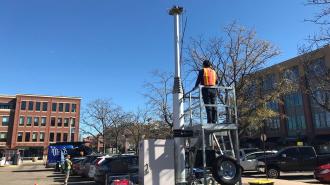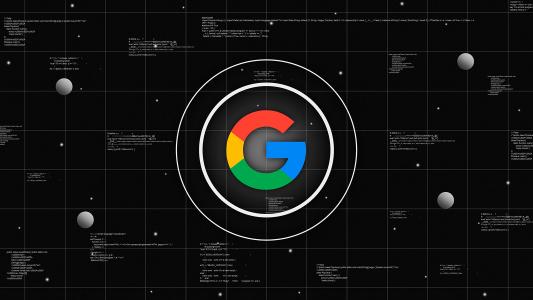While today’s public WiFi may be notoriously slow, tomorrow’s could be fast enough for bandwidth-intensive applications — like gaming, AR, and VR — if we build transmitters into light poles at just the right height.
The challenge: Internet access is hugely important to modern life — we rely on it for jobs, education, news, and entertainment. To ensure locals can get online, many cities are establishing public WiFi networks that are accessible for free or a fee.
Public WiFi can be notoriously slow and unreliable, though, meaning you might be able to check your email using it, but good luck streaming a video or using an AR headset while connected to one of the networks.
“The 60 GHz band can support the bandwidth required by VR, AR, and other emerging bandwidth-intensive applications.”
The Telecom Infra Project
The spectrum: The Telecom Infra Project (TIP) — a telecom innovation group that includes Meta, Microsoft, and the National Institute of Standards and Technology (NIST) — has an idea to make public WiFi more useful.
Instead of broadcasting signals over the standard 2.4 GHz and 5 GHz frequency bands, it wants to utilize the 60 GHz band to distribute public WiFi from devices attached to light poles.
“This large slice of unlicensed spectrum can support the bandwidth required by virtual reality, augmented reality, 4K video streaming, smart city sensors, and other emerging bandwidth-intensive applications,” the group wrote in 2017.
Looking up: A problem with using the 60 GHz band for public WiFi is that the signals tend to scatter off surfaces and cover less distance than signals in other bands, but TIP may be able to minimize these downsides by being deliberate with the types of transmitters it uses and where it places them.
NIST researchers have now developed and verified a model for determining the ideal transmitter type and height based on the frequency band being utilized.
“By using our model, someone like a cell provider can account for various advantages and disadvantages of 60 GHz access points and signals on light poles.”
Derek Caudill
Public WiFi utilizing standard frequency bands works best when omnidirectional transmitters are placed 4 meters above the ground, but networks distributing WiFi over the 60 GHz band should use highly directional transmitters fixed 6 or 9 meters up, they write in their paper.
“This work shows that by using our model, someone like a cell provider can account for various advantages and disadvantages of 60 GHz access points and signals on light poles in urban environments,” said NIST researcher Derek Caudill.
The digital divide: While the use of the 60 GHz band for urban public WiFi networks could allow people living in them to take advantage of bandwidth-intensive apps, in many rural areas and developing nations, people are still waiting for any type of internet access.
TIP is working on projects to get them connected, too, and we’ve seen other groups explore the use of airships, satellite constellations, cable-winding robots, and more to bridge the digital divide and get all the world’s citizens online.
We’d love to hear from you! If you have a comment about this article or if you have a tip for a future Freethink story, please email us at [email protected].






